Chinese embroidery patterns are an excellent traditional Chinese craft with a long history, while Hanfu is a traditional Chinese costume, the two have a lot of combination, and many Hanfu styles applies delicate embroidery patterns.

History of Chinese Embroidery Patterns & Lucky Patterns
Embroidery (刺绣), known as needlework in ancient times, is one of the oldest Chinese handicrafts and has been around for over 2000 years. With the use of silk, the production and development of silk fabrics, embroidery has also gradually emerged, according to the "Shang Shu (尚书)" 4,000 years ago, the costume management system, it is stipulated that "the upper and lower garments are embroidered and painted".
Chinese embroidery patterns reached its peak during the Ming and Qing dynasties, after being passed down for thousands of years. The techniques of folk embroidery and the materials used for silk embroidery both developed phenomenally.
A large number of embroidery subjects in the Ming and Qing dynasties were auspicious motifs with Chinese characteristics, the so-called "picture must be meaning, meaning must be auspicious". There are hundreds of auspicious motifs in China, too many to mention.
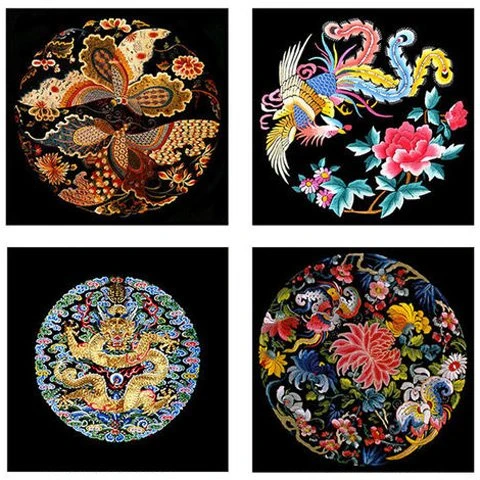
For example, mandarin ducks symbolize the love between husband and wife, pomegranate symbolizes many children, pine, bamboo, and plum symbolize nobility and integrity, peony symbolizes wealth and glory, and pine and crane symbolize longevity.
There are also motifs based on Chinese phonetics, such as bats and "fu (福)", fish and "yu (余)", deer and "lu (禄)", bottles and "peace", goldfish and "jade", lotus and "he (和)", and so on. Chinese embroidery with auspicious patterns not only carries the ancient ideals of wealth, longevity, peace, and happiness but also brings good wishes to people.
Classic Hanfu embroidery patterns
The most basic function of embroidery is to decorate clothing, not simply to beautify it, but also to perform many important functions, such as identification and social status.
Embroidered costumes have evolved over time into many specific patterns and decorative parts, such as Yunjian, Tuanhua, Wanxiu (挽袖), and Buzi (补子), Mamian (马面), which are typical of embroidered costumes.
Yunjian(云肩):
Yunjian is developed after the Sui and Tang dynasties, a kind of clothing ornaments, its main role is to strengthen the shoulder decoration to highlight the human face.
Most of them were made of satin and embroidered with regional folklore patterns. The subject matter was mostly derived from the realistic or imaginative association of flowers, birds, fishes, and insects, and after the Qing Dynasty, it gradually disappeared from daily clothing.
Tuanhua(团花):
Tuanhua is an ancient Hanfu costume pattern, has the symbolic meaning of "happiness", "reunion", "peace", "integrity", and was included in the Guanfu system (冠服制度) after the Sui and Tang dynasties.
Wanxiu (挽袖):
Wanxiu is an embroidered costume on women's cuffs in the Qing dynasty, starting in the Qianlong period and popular until the Tongguang period. It was long and symmetrical in shape, mounted on the left and right cuffs respectively, with rich themes, including flowers, birds, insects and fish, human stories, landscapes, and auspicious motifs.
Buzi (补子):
The square decoration on the front and back of the official uniform of civil and military officials in the Ming Dynasty, which was used on the occasion of meeting the emperor and reporting matters, etc. The embroidery pattern of Buzi is clearly specified, which is an important sign to distinguish officials at all levels. The quality requirements are high, no matter what the cost, exquisite and refined.
Mamian (马面):
Ancient pleated skirts were decorated with rectangular embroidery on the front and back, hung from the front and back, not only for decorative purposes but also to decorate the shape of the body and accentuate the center of gravity. Like the Wanxiu, the Mamian is individual and can be changed to suit different needs.
Embroidered items have always occupied an important place in Chinese embroidery art, with a wide range of designs and uses, and play a very important role in customs and fashions. A series of embroidered pouches, incense bags, fan covers, and other small embroidered items are very popular among the people.
Modern Hanfu embroidery patterns
Modern merchants use Chinese embroidery patterns on Hanfu, such as Ruqun, big-sleeved shirts, Beizi, round-necked robes, and other styles, Hanfu embroidered patterns also formed a style, not only adding new elements to Hanfu but also attaching beautiful meanings to it.
Chinese embroidery patterns are used in other places as well, have you come across any in your life? feel free to share them with us.
More about Chinese embroidery & patterns:
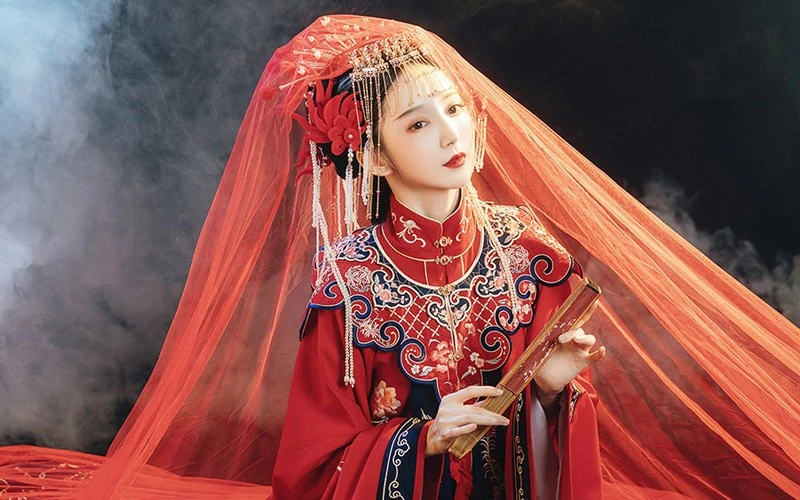
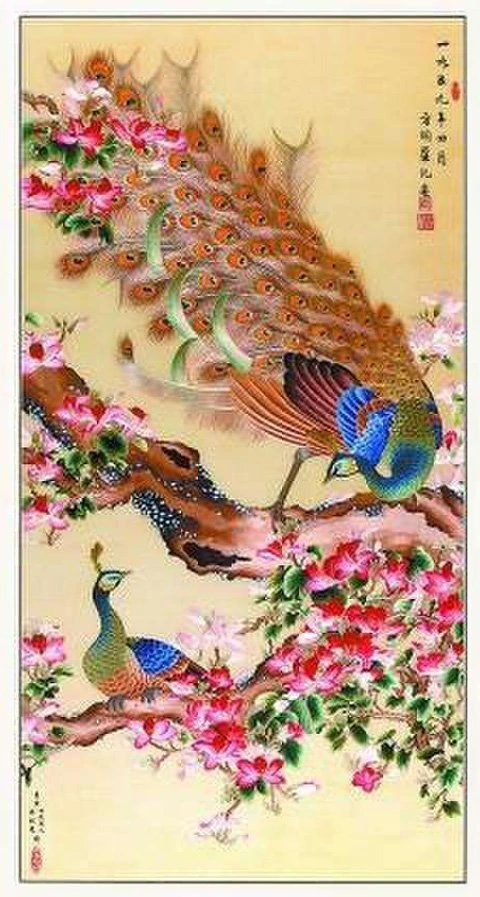

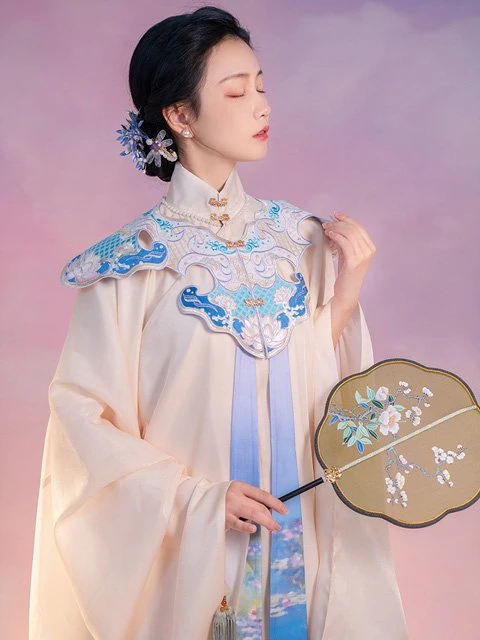
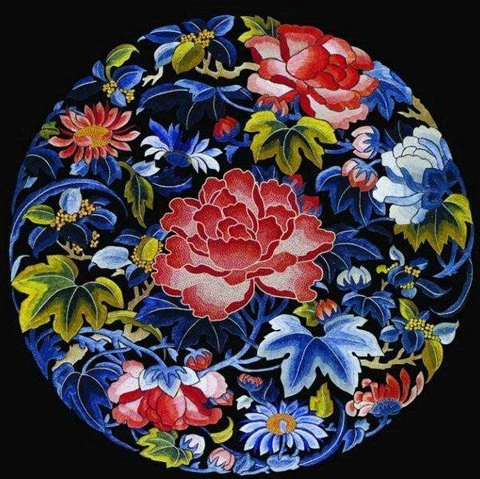
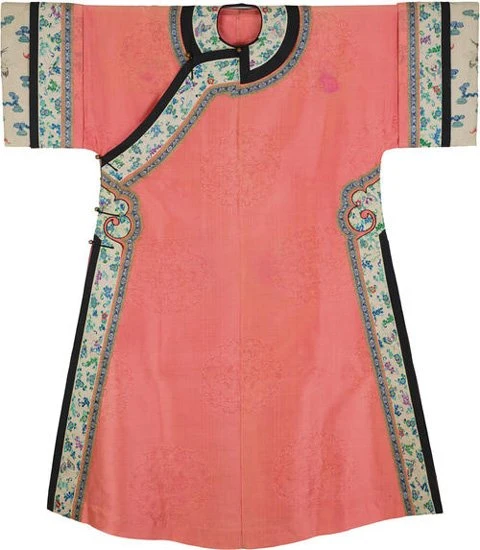
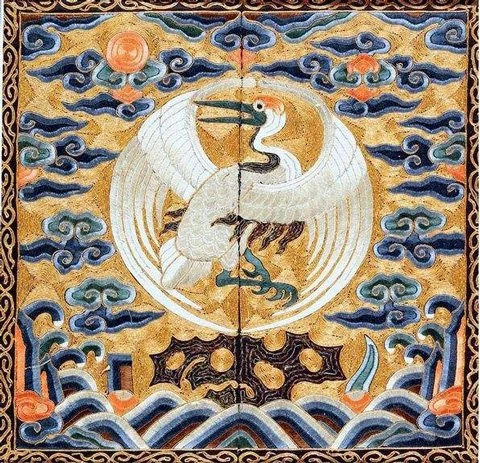
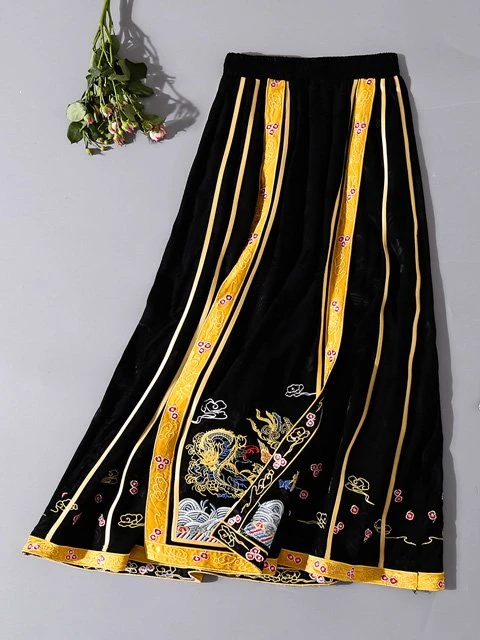

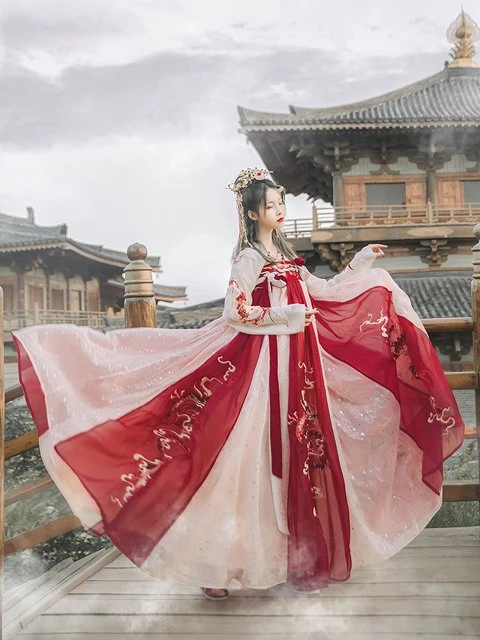
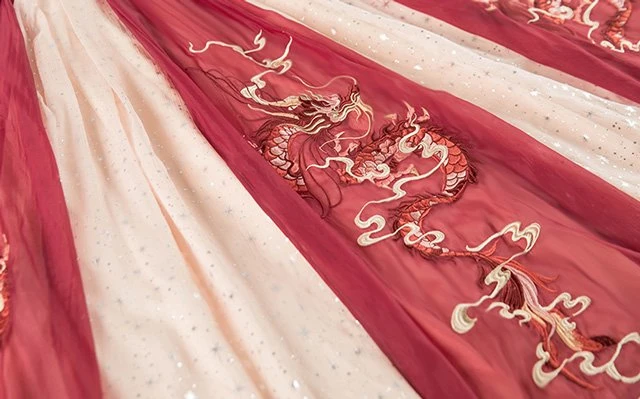
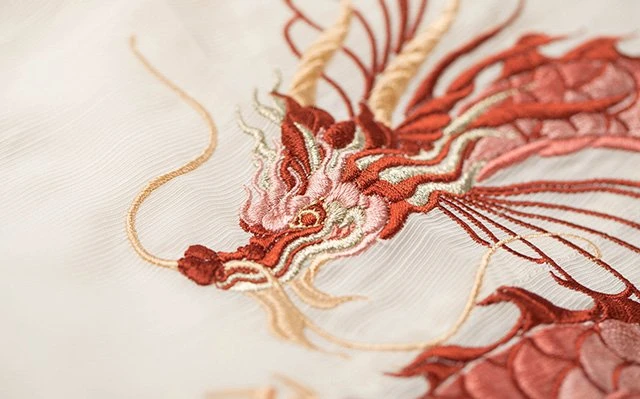
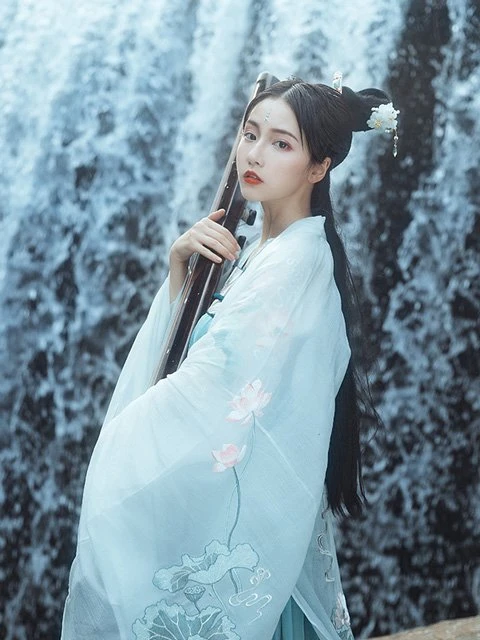
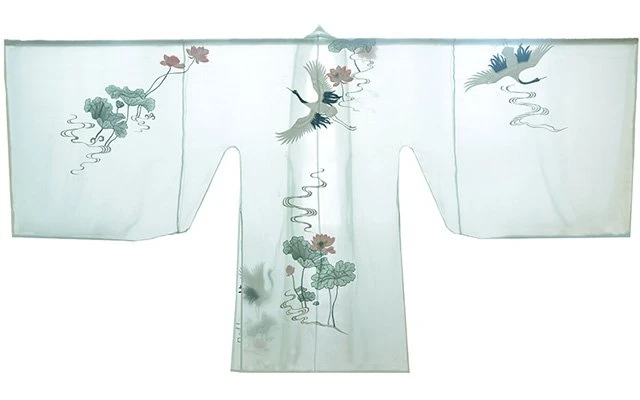
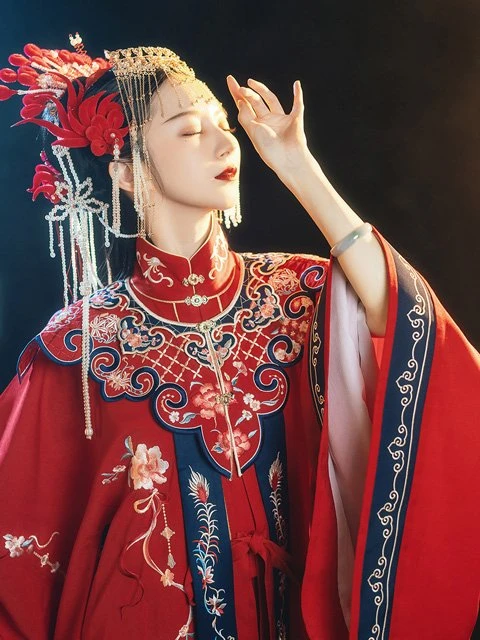
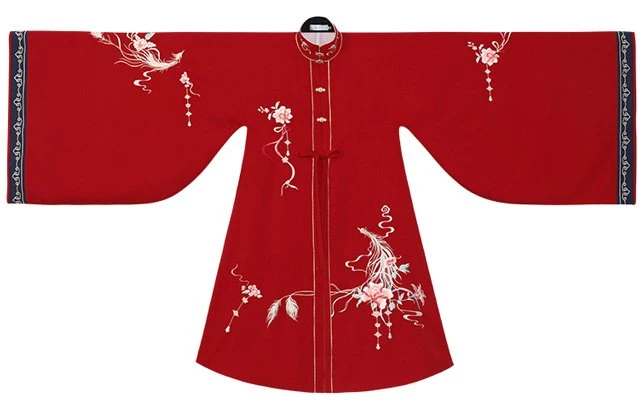
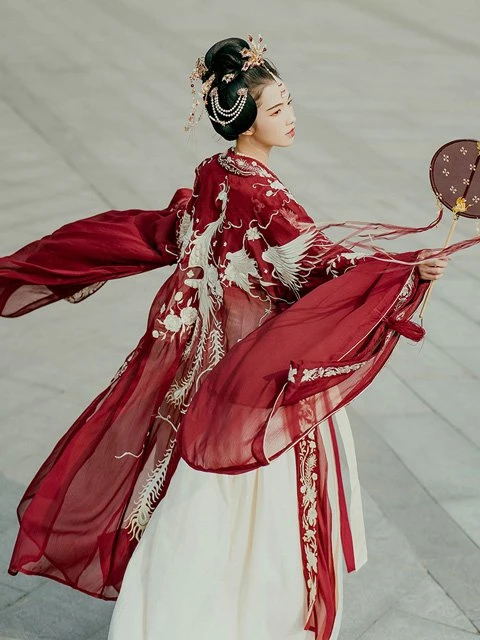
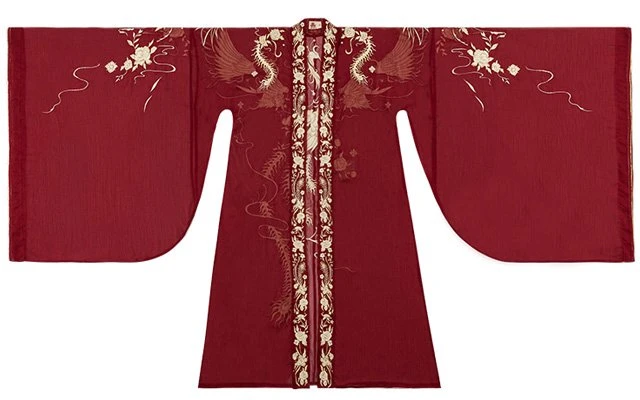
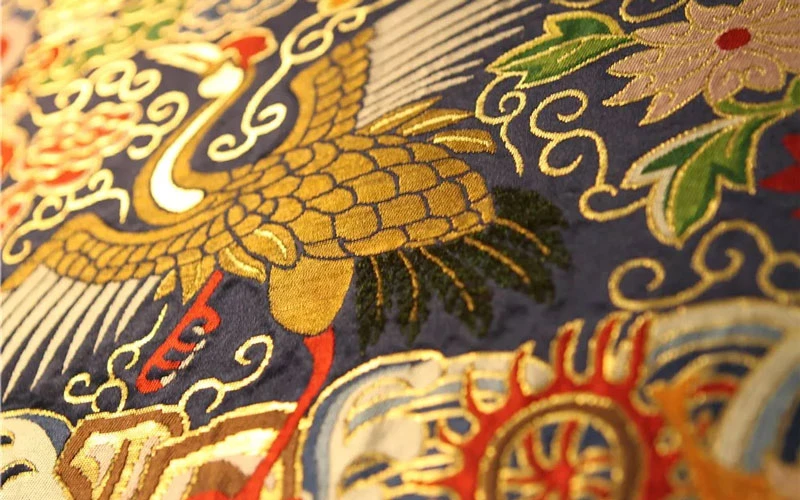
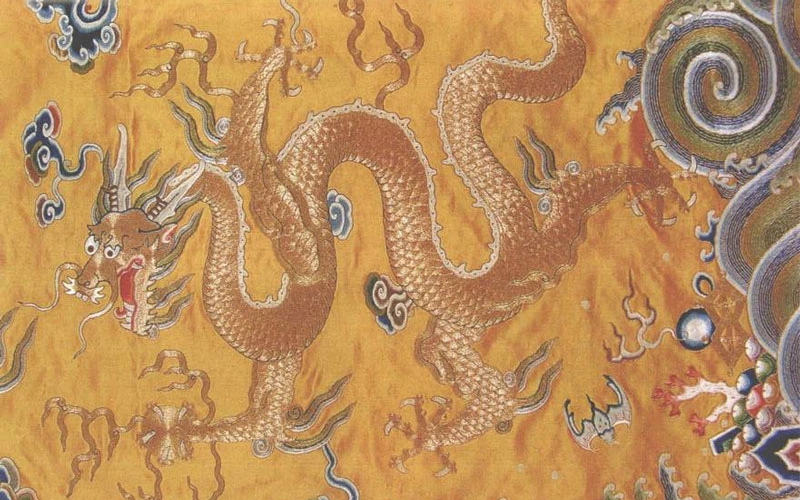
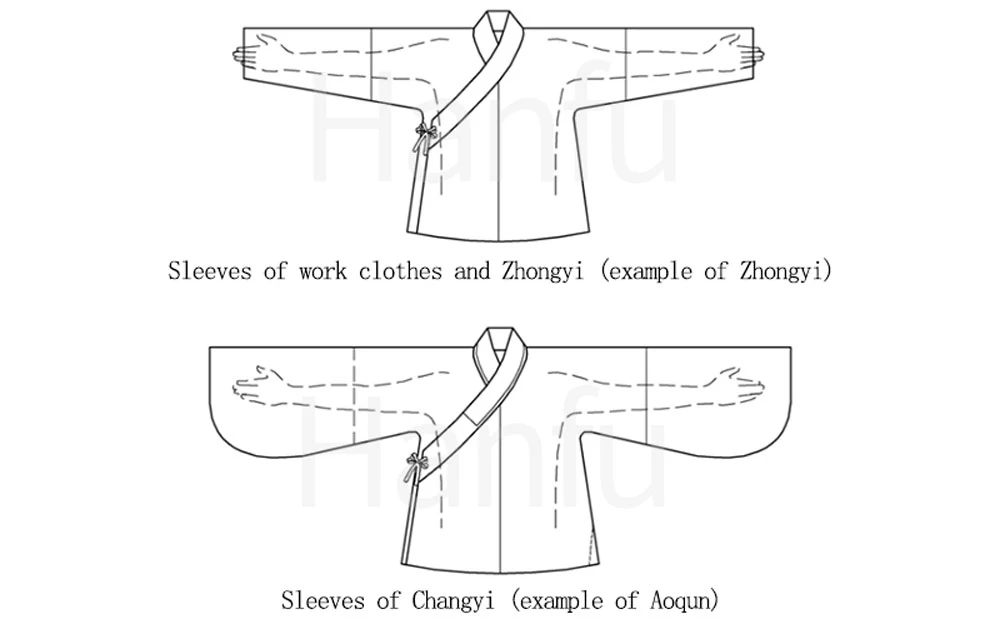

The lavish embroidery pieces are dresses for the gods. So beautiful. If I owned one of those, I'd probably encapsulate it in a glass display and never wear one. 😍